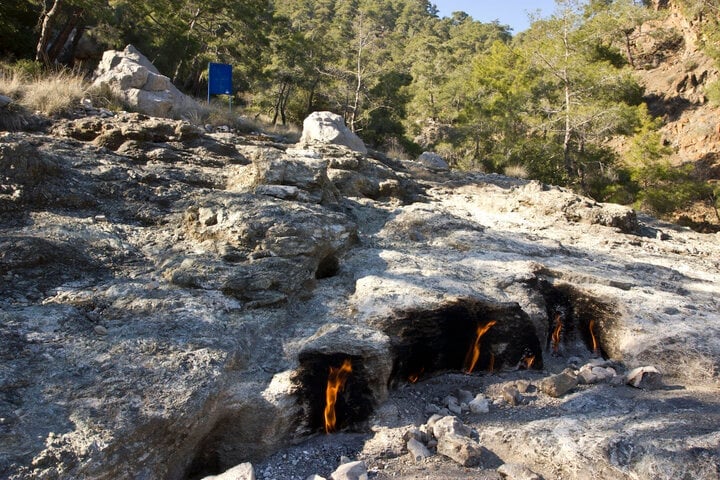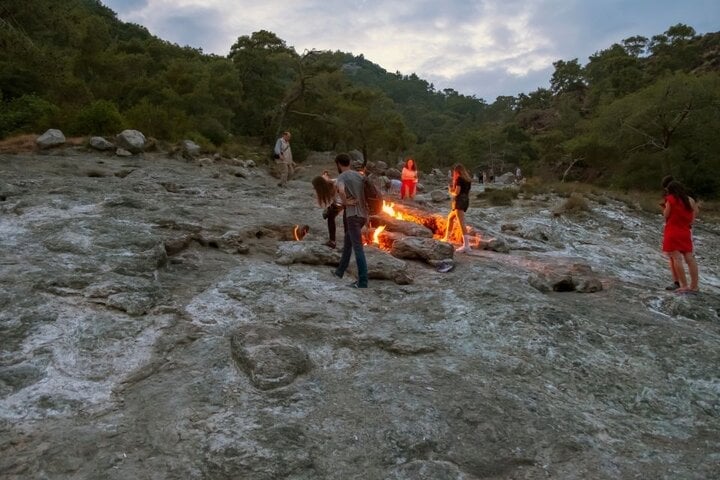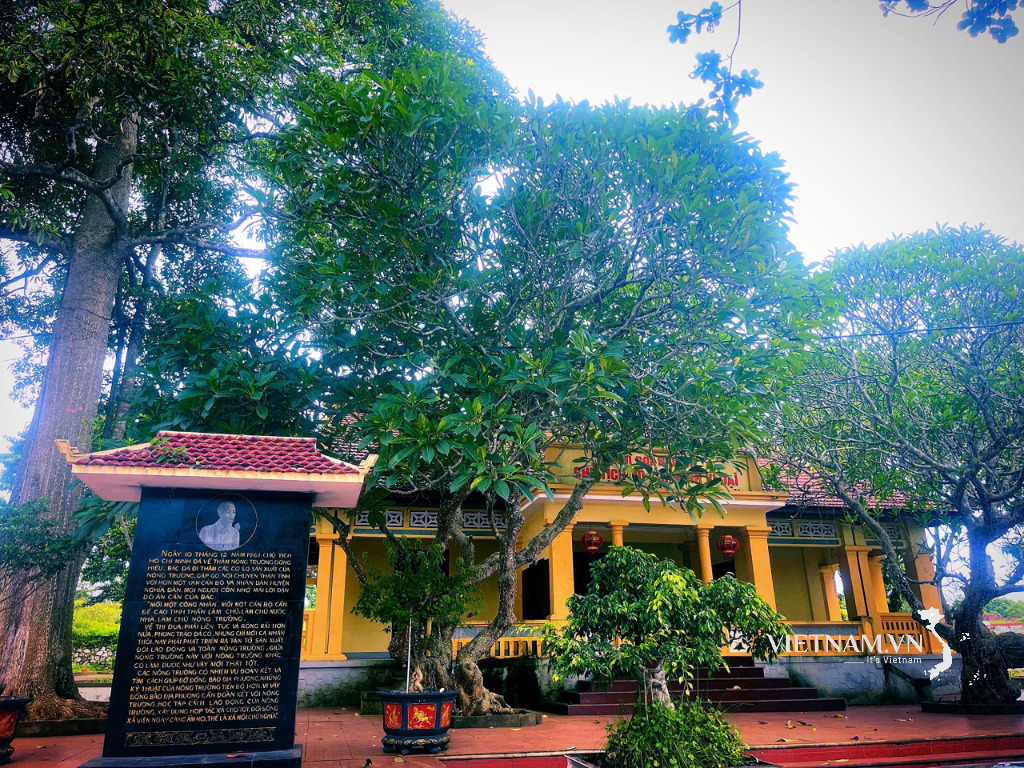Near the Olympos Valley in southwestern Türkiye there is an area called Yanartas where countless fires never go out.
According to the locals, the rocks here have been burning for the past 2,500 years. Therefore, they named the place Yanartas.

The stones of Yanartas, Türkiye have been burning on their own for the past 2,500 years. (Photo: Atlas Obscura)
In Turkish, Yanartas means “burning stone”. No one knows why the stones here can catch fire. In ancient times, people relied on the legend of the fire-breathing monster Chimera in the Illiad written by the poet Homer to explain this special phenomenon.
According to the legend, the Greek god Bellerophon buried the monster Chimeara underground. Many natives believe that this is the place where Chimeara was buried and that these flames are its breath.
Scientists don’t think the explanation is that simple. So they spent years researching why the Yanartas rocks could spontaneously combust. They eventually concluded that the flames coming from these holes were the result of methane gas leaking from the strata below through the openings.
The methane gas at Yanartas is thought to have formed at temperatures far above those found in the area. However, experts are still unsure what ignites the gas and has allowed it to burn continuously for more than 2,500 years.

Ruthenium, a rare metal found in the rocks at Yanartas, may have acted as a catalyst for this phenomenon. (Photo: Atlas Obscura)
In a recent study by Giuseppe Etiope, a scientist at the National Institute of Geophysics and Volcanology in Rome, Italy, and colleagues at Bolyai University (Romania), the final answer has been found.
It turns out that ruthenium, a rare metal found in the rocks at Yanartas, can act as a catalyst. It is also the metal that promotes the formation of methane at temperatures below 100 degrees Celsius, similar to the temperatures at Yanartas.
Thanks to this research, the future of finding new sources of natural methane gas on Earth has become more promising.
Quoc Thai (Source: Atlas Obscura)
Source

























![[Photo] National Assembly Chairman attends the seminar "Building and operating an international financial center and recommendations for Vietnam"](https://vphoto.vietnam.vn/thumb/1200x675/vietnam/resource/IMAGE/2025/7/28/76393436936e457db31ec84433289f72)










































































Comment (0)